“I Eat, Therefore I Am” at Musée de l’Homme in Paris
- SUBSCRIBE
- ALREADY SUBSCRIBED?
BECOME A BONJOUR PARIS MEMBER
Gain full access to our collection of over 5,000 articles and bring the City of Light into your life. Just 60 USD per year.
Find out why you should become a member here.
Sign in
Fill in your credentials below.
“I Eat, Therefore I Am” at Musée de l’Homme opened on October 16, 2019, and welcomed the public until the museum had to close abruptly in March. Originally scheduled to run until June 6th, it will reopen when the museum does on June 24, 2020, and continue to be available until August 31st. On July 8th it will be joined by a smaller complementary expo, “Last Meals of Pompei”, based on foods and artifacts of feeding discovered among the ruins of Pompei and its wealthier neighbor, Herculaneum, which had been preserved in excellent condition after having been buried nearly 1800 years under ash from erupting Mount Vesuvius.
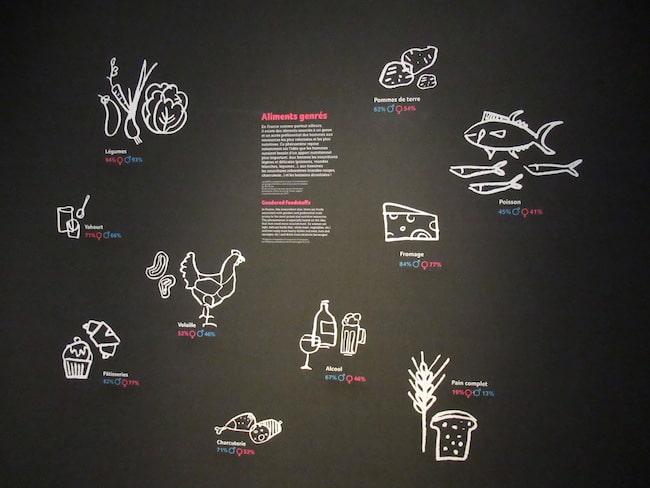
Today food comes in many forms. Photo: David Griff
Feeding is one of the essential needs of all humans, right up there along with clothing, shelter, transportation, and communication. As such, it provides the perfect platform to explore ways in which we are all alike, ways in which we differ because of the cultures or social groups in which we are embedded, and ways in which we are unique. Given that food and eating hold positions of great importance in France, from how French children are raised, to how people in France spend their time, to the culinary basis of the economy, this museum is ideal for addressing biological, social and cultural aspects of food and feeding. “I Eat, Therefore I Am” does that in three parts.
“Body and foods” welcomes visitors at the entry to the three-part exhibit. To the right, artifacts form a display of ancient tools for food and eating. To the left, a section with videos brilliantly describe the development of food attitudes and preferences along with ways in which biological reactions to tastes can be molded by social experiences. A bit further on, a large showcase encloses a game showing different types of foods. Opposite, displays illustrate relationships between gender and foods and ideas that relate food choices to one’s physical body.
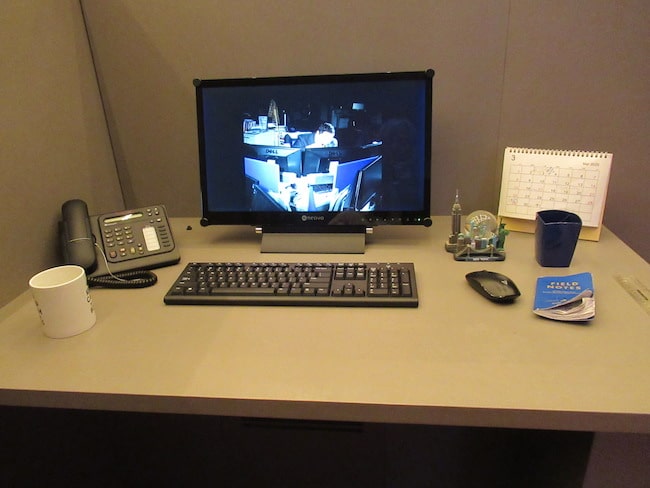
Lunch alone at the desk. Photo: David Griff
Section Two, “Eating cultures”, begins with stories of foods seen as having magical properties or roles. It progresses to commentary on cultural variations in table manners and settings. Several tableaux illuminate social aspects of eating, from the proverbial lunch alone at your desk common in America to formal dining customs required in social transactions. This section closes with artists’ interpretations of food and the role of food in life. It ends highlighting an elaborate sculpture of a chocolate fountain.
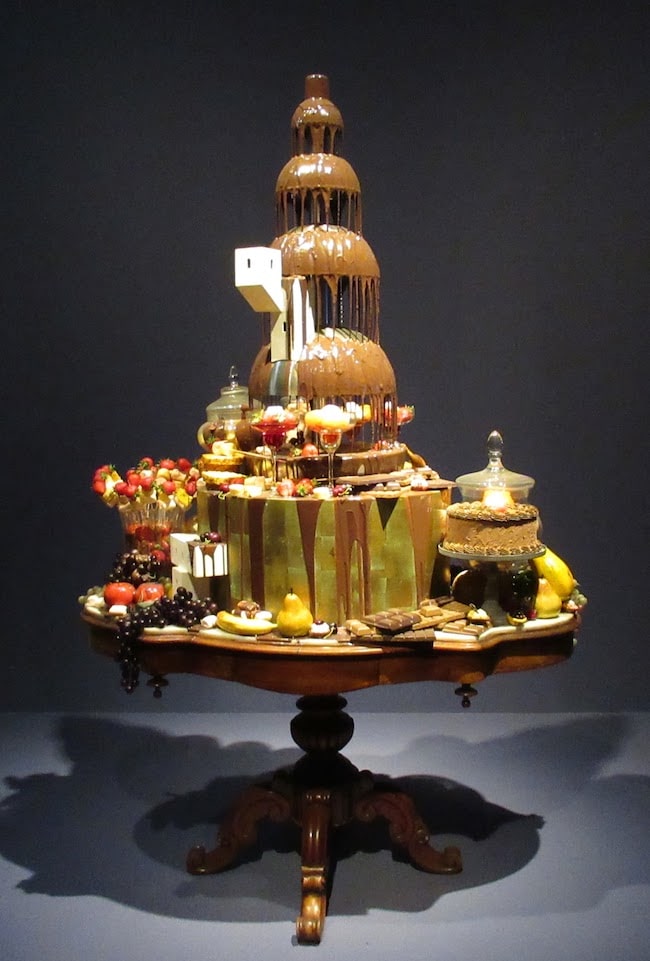
La Grande Fontaine de Chocolat, still life sculpture by Gilles Barbier. Photo: David Griff
Part Three, “Consuming nature”, concludes the exhibition in a style reflective of the museum’s mission: Displays explore the ecological impact of ways in which food and its packaging and distribution have evolved and now threaten damage to our bodies and our planet. The plastic water bottle craze is only one example. In this investigation into food and its delivery in the future, we are urged to consider the health of our bodies, societies, and planet. Do visit, do explore, and do be inspired to look at your food choices and ways of eating in new ways.
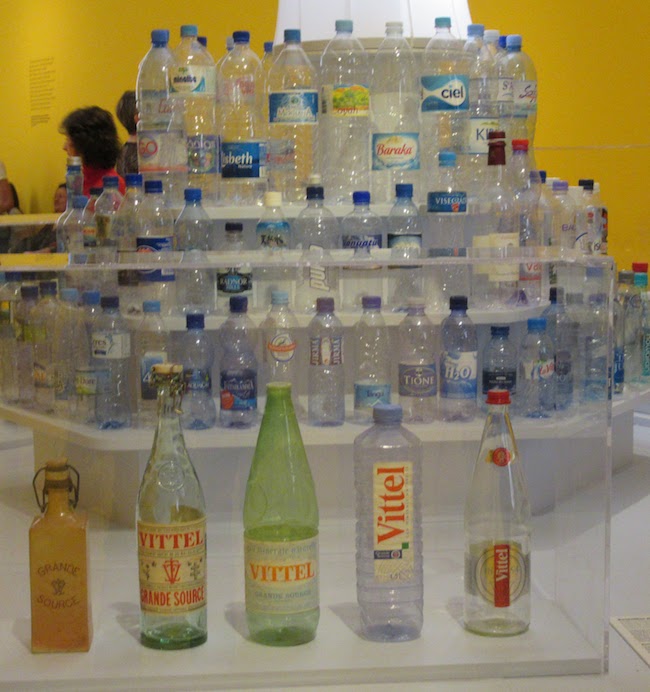
The evolution of water bottles to the 21st century. Photo: David Griff
“I Eat, Therefore I Am”, is the brainchild of staff within the museum who assembled its contents. Musée de l’Homme is Paris’s beloved showcase for telling the story of human beings. The permanent exhibits address all that anthropology can offer about who we are, how we came to be and evolved, ways in which we have lived and adapted to different environments, and how we have become more like each other than we are different as time has gone by. The order is impressively consistent with the organization of the permanent exhibits, in which the museum ends the tour by exploring the future, our sustainability and that of our various cultures.
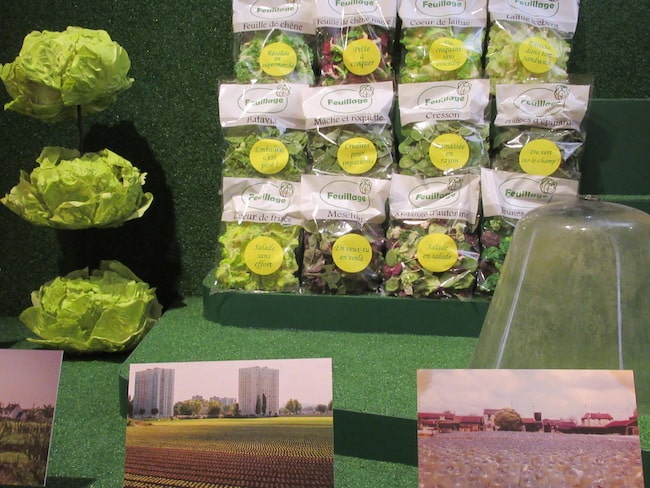
Packaging from 21st-century farms. Photo: David Griff
After being closed for 12 years for a complete renovation, the museum reopened in 2015 equipped with 21st century animations, videos, games, and redesign. With appeal for those from two to any age, exhibits offer many translations into English and activities that appeal to all ages. The museum itself embraces some of the most spectacular views of the Eiffel Tower, a gift shop with unique treasures, a comfortable cafeteria-café, and is home to a fine restaurant, Le Café de l’Homme.
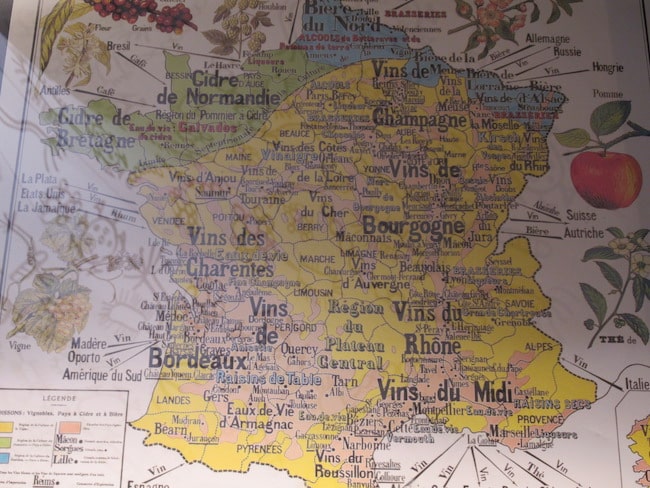
Locations of French vineyards. Photo: David Griff
Lead photo credit : Exhibition entrance. Photo: David Griff
More in Musée de l’Homme, museum exhibitions
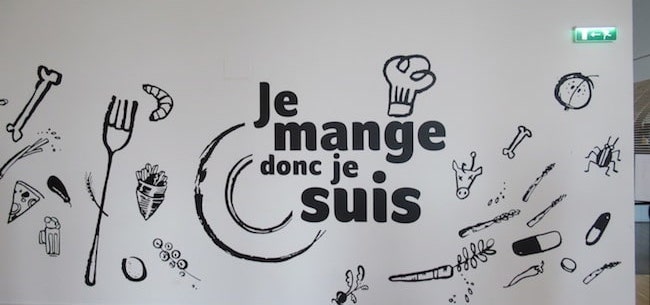




REPLY